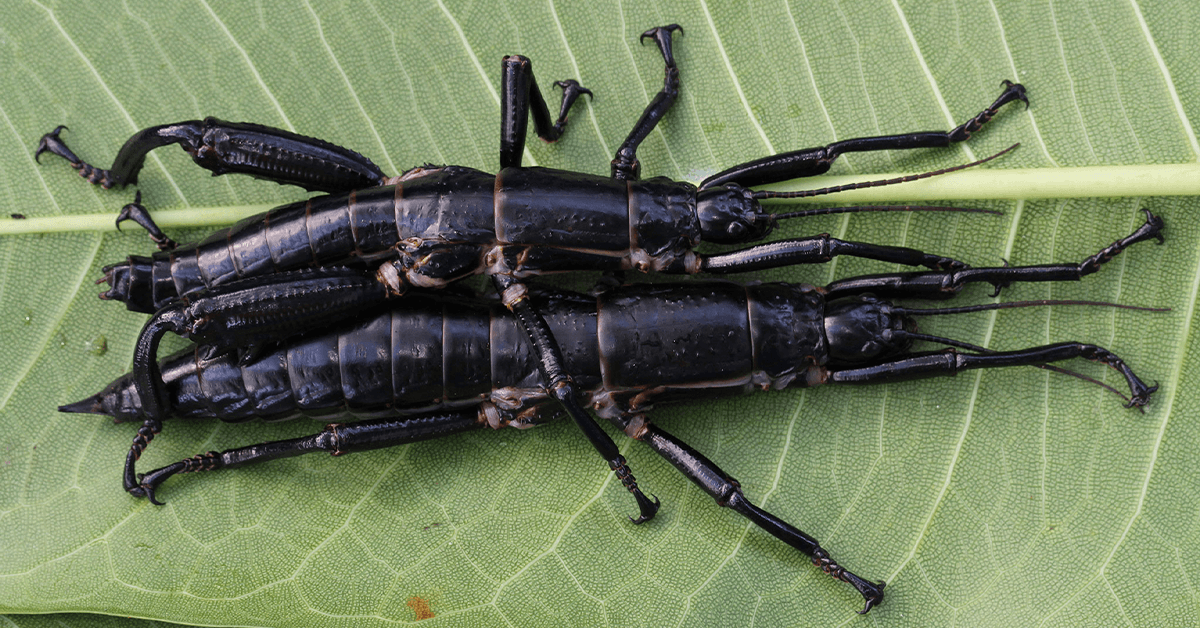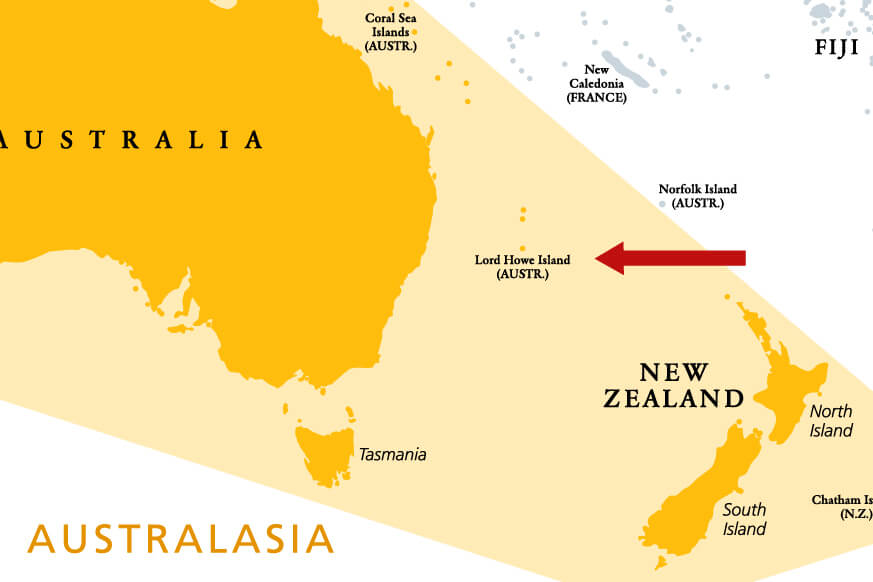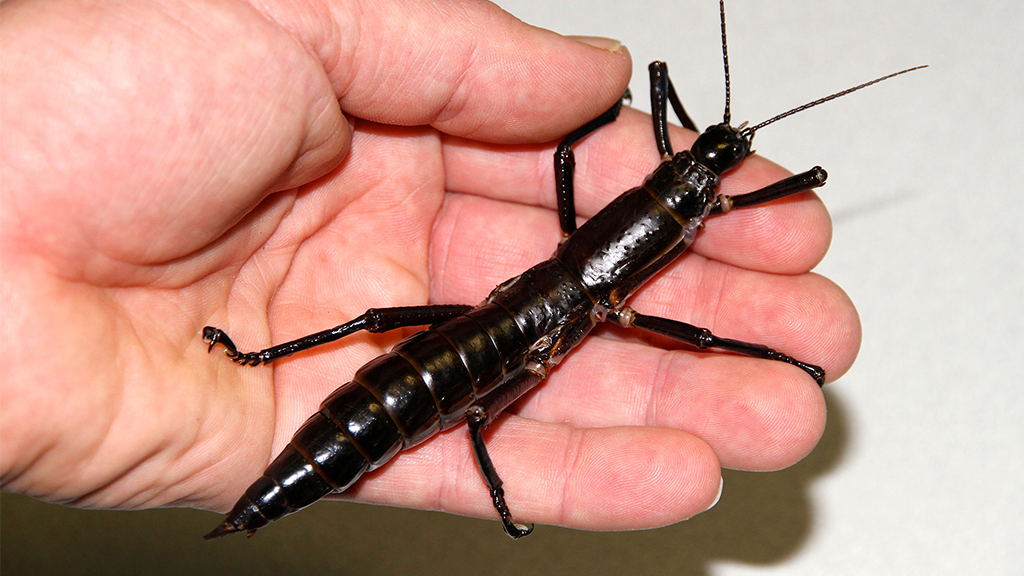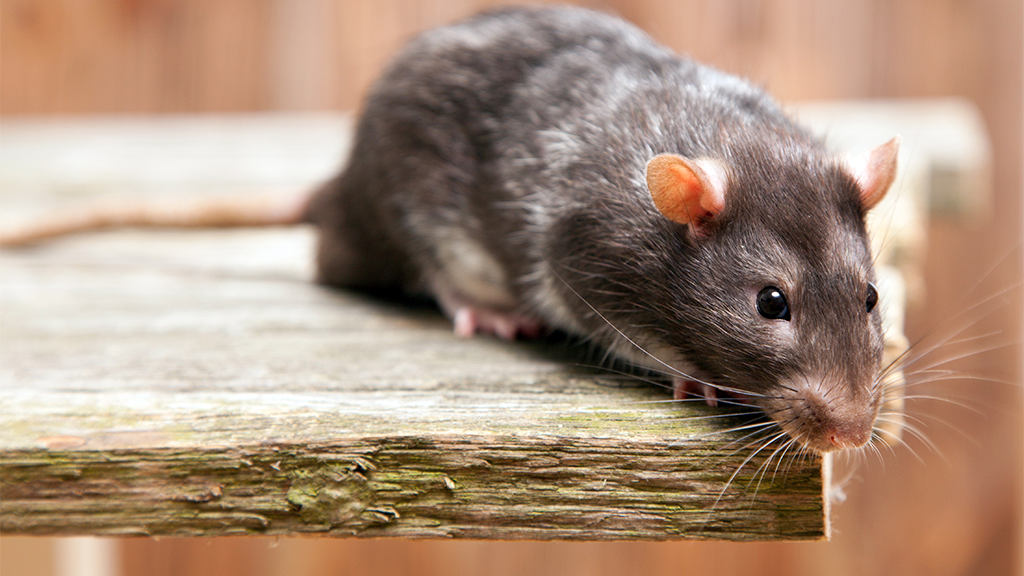Extinct No More! Meet the Tree Lobster

The San Diego zoo has many researchers and scientists taking part in San Diego Zoo Global, a conservation effort with the goal of ending extinction. From rhinos and condors to pandas and penguins, the zoo works hard to create breeding programs that increase chances for a species’s survival.

Larger animals, like tigers and elephants, are usually a zoo’s main attractions. But in 2016, the San Diego zoo received 300 eggs of a small creature that had in 1960 been classified as extinct. It’s an insect called a tree lobster, or Dryococelus australis. As the scientific name implies, this insect is native to an island not far from Australia called Lord Howe Island and had not been known to live anywhere else in the world (though dead ones had been found in the 1960s on a nearby uninhabited rock island called Ball’s Pyramid).

Although called a lobster, the tree lobster is a type of stick bug. When fully grown, they are black in color and the length of a human hand. Tree lobsters have a docile temperament and are unable to bite humans with their mouthparts. It is actually this mellow nature which made them defenseless and open to attack.
History of the Tree Lobster
In 1918, rats from a nearby shipwreck swam to the island. An invasive species with no predators, the rats increased in number and began eating just about every native creature. The large, non-aggressive tree lobsters were to the rats what cookies are to Cookie Monster.
Once the tree lobsters were wiped off the island, the rats moved on and targeted the rest of the animals. Five species of birds and several invertebrates have been killed off, and about 70 other species are in danger of the same fate.

In 2001, scientists scaled the cliffs of Ball’s Pyramid and found a few tree lobsters living on a tea tree high up. It took forty years to find a handful of these creatures alive! Two breeding pairs were taken to the Melbourne zoo, where over the years hundreds were hatched. The goal has become to reintroduce the tree lobsters back to their native island. Other zoos joined the breeding program, which is how these alien-like creatures made their way to San Diego.
The issue now becomes how to get rid of the rats that still run the island in an almost literal Lord of the Flies scenario. Large-scale measures are being taken with helicopters being used to drop rat poison hidden within cereal to target hungry rats. Once the rat population is controlled, the tree lobsters can hopefully make the journey from California back to Lord Howe Island.
While this is an extreme example of a rat infestation, residential rat problems can also be dangerous when not properly managed. Rats can carry deadly diseases, have parasites, leave urine and feces in their wake, and are able chew through wires and most building materials.

Moxie doesn’t airdrop treatments from helicopters, but we do help people get rid of unwanted rodent intruders in their homes. From inspection to treatment, our experienced field experts are ready and willing to take away any rodent-caused stress in your life. Don’t be driven to the brink of frustration—give Moxie a call!
—Lea C.
Moxie Office Expert

